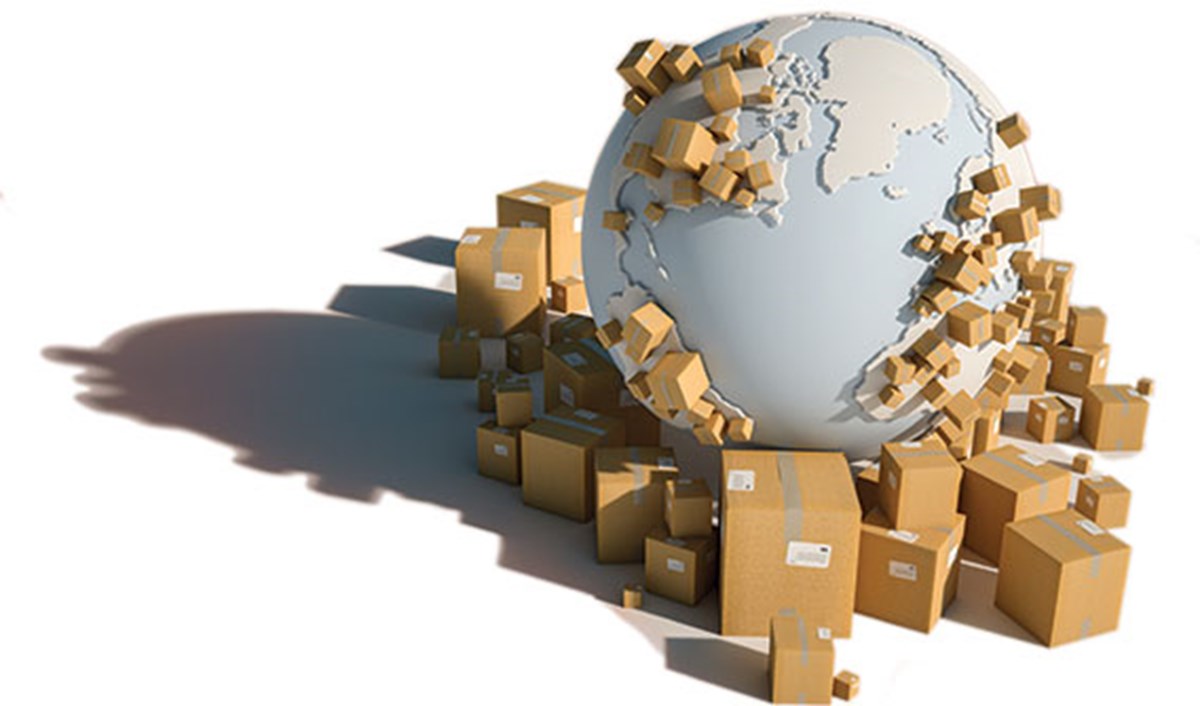Increasing capacity in a fulfilment centre
With the recent rapid growth in e-commerce, fulfilment centres are increasingly under pressure. When physically expanding a facility is not an option, how can fulfilment centres use the latest technology to increase capacity and maximize the square footage of their existing facilities?

Fast Track
You don't have time to read the whole story now? Get the highlights here and download the PDF for later.
- Fulfilment centres need to strike a balance between storage optimisation and an efficient order fulfilment flow.
- Identifying optimisations in the fulfilment centre require maintaining a holistic view of the entire operation.
- Typical pressure points include the inbound and outbound from the loading dock to and from storage, the picking, and sortation.
There is mounting pressure on the infrastructure in warehouse and fulfilment centres. As a direct response to the global pandemic, the volume of outbound and inbound parcels is higher than ever, and limited capacity affects delivery times. Unable to physically expand, fulfilment centres are challenged on their throughput rate, improving stock rotation, temporary storage of goods, and boosting uptime. All of which has only been amplified by the global pandemic’s effect on e-commerce orders.
Third-part logistic carriers (3PLs) are currently searching for innovative ways to increase their capacity and future-proof their operation. Every part of the facility contains the potential for increasing throughput, which is why every touchpoint of the operation must be considered.

Optimising your current fulfilment centre setup
Automating every aspect of a fulfilment centre might not be the way forward for everyone. The costs of automating can, in some cases, outweigh the cost of output, which is why accurate analysis can help facility managers identify focus areas to automate.
► If you automate all parts of the operations, you might risk higher service costs and a greater total cost of ownership. Advanced and sophisticated automation results in more skilled labour needing to service it. These are the types of factors you need to consider when identifying your needs and which parts of your fulfilment centre should remain manual and which parts should be automated, explains Derek Wright, Managing Director at Caljan UK.
When looking at optimising the facility, taking onpeak and off-peak periods into consideration are important factors, as well as the balance between storage and flow in order fulfilment. Derek Wright continues:
► Fulfilment centres need to strike a balance in optimising their facility, be this with high-density storage, high speed order picking or a more dynamic or efficient flow. Now more than ever they must consider the unloading of inbound goods and the loading of outbound goods.
By looking at how the materials are handled, you can automate and achieve greater optimisations that help increase the throughput of the facility.
– Derek Wright, Managing Director in Caljan UK
Future-proofing for growth in e-commerce
E-commerce fulfilment will only continue to grow, and facility managers will need to find future-proofed solutions that can flexibly adapt to changes in the market. A specific area where fulfilment centres are increasing throughput and reducing human error is in the labelling process.
► If you implement an automated labelling system, it will automatically cross-check order data with the parcel’s unique barcode. This means you can increase the throughput of the entire labelling process. We are seeing more facilities automate the labelling area and integrating with their ERP and WMS systems, which helps bolster the facility for the future, explains Neal Oeschle, product specialist within labelling and document handling at Caljan USA.
Identifying the pressure points whilst maintaining a holistic view of the entire operation is essential. Automating the labelling area may increase the throughput in this specific area, but other areas in the order fulfilment process may not be geared towards this increased activity.
► Typical pressure points that might interrupt the order fulfilment process include the inbound and outbound loose loaded cargo from the loading dock to the storage, the picking, and sortation. Essentially, by looking at how the materials are handled, you can automate and achieve greater optimisations that help increase the throughput of the facility, explains Derek Wright.
The future of fast delivery and easy returns in e-commerce relies on fulfilment facilities getting parcels even quicker out the door. Facilities must use technologically advanced solutions to automate and increase capacity and remain cost-effective. Whether it is automating the labelling process or the loading process, facilities that successfully achieve efficiencies through automation will meet future growth rates and changing consumer demands.